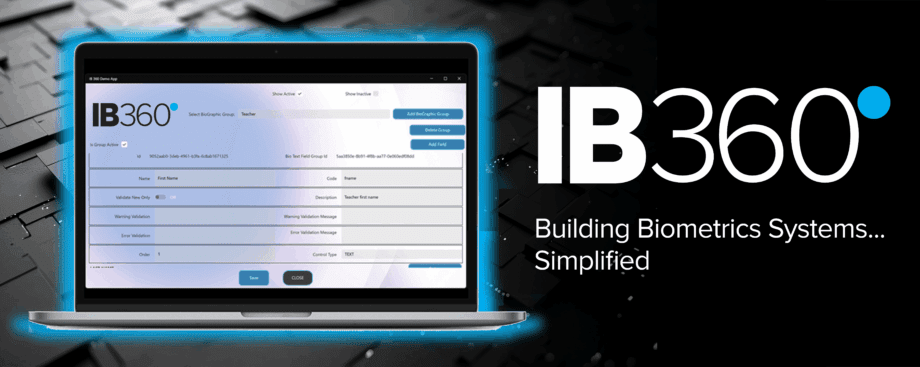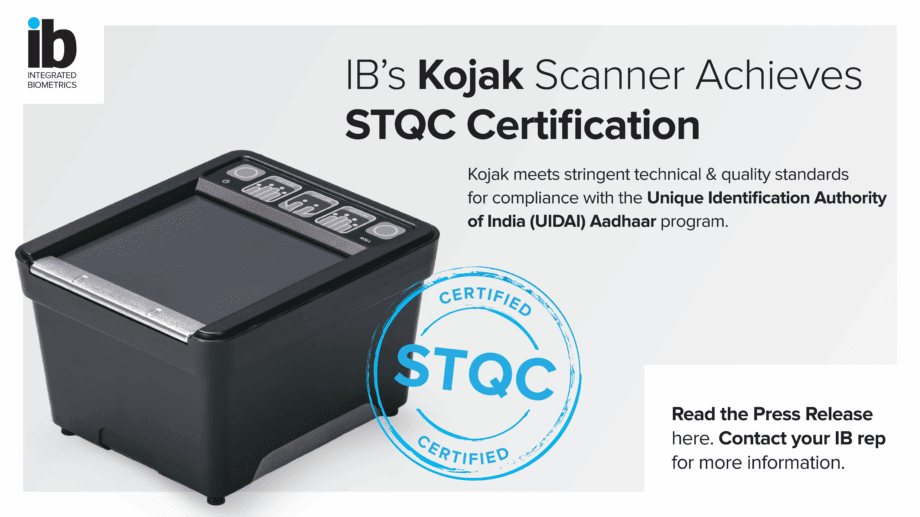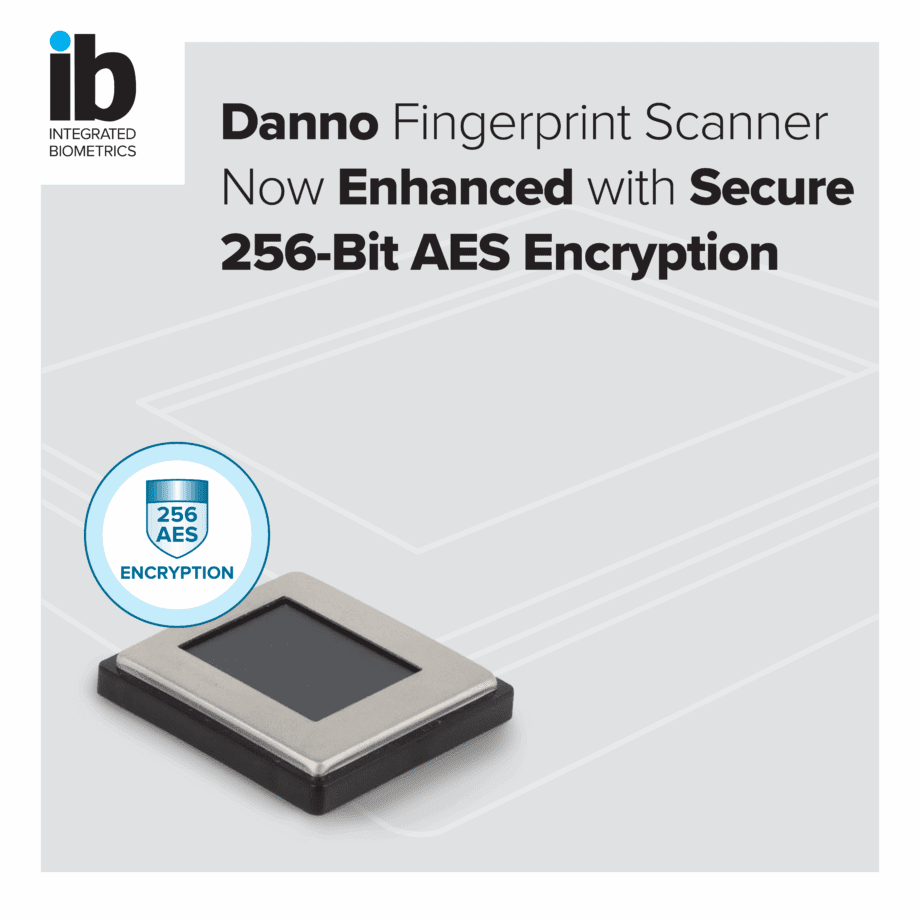Download the Article here.
Reflecting on this recent World Refugee Day, we are reminded of the millions of displaced children who remain invisible—not just to society, but to the systems meant to protect them. Among the most pressing challenges these children face is the lack of a verifiable identity. Without it, access to healthcare, education, family reunification, and protection from exploitation becomes uncertain. Infant biometrics offer a bold, evolving solution. But they must be applied with clarity, care, and context.
The “Why” of Infant Biometrics
Bhaskar Mishra, the global technical lead on Civil Registration, Vital Statistics (CRVS), Legal Identity, and Statelessness at UNICEF, brings deep technical and operational expertise to the challenges of identity inclusion. With a background spanning roles at national and global levels, he has contributed to some of the most ambitious identity efforts in the world.
Mishra’s global experience, including Africa, South Asia, and Latin America, has given him a firsthand view of the systemic gaps that leave millions of children unregistered—and therefore unprotected. “Why biometrics?” Mishra asks. “Because in much of Africa, South Asia, and Latin America, we’re dealing with a significant burden of unregistered children.”
In refugee contexts especially, birth registration often fails—not because of lack of intent, but because of displacement, conflict, or disconnected systems. Parents may be forced to flee before reaching civil registration offices or may give birth in host countries with no formal recognition mechanisms.
In these situations, infant biometrics offer a critical alternative—a way to anchor a child’s identity from day one, even when conventional documents are out of reach.
A Unique Opportunity for Refugee Response
According to a recent UNHCR report, at the end of 2024, an estimated 123.2 million people were forcibly displaced worldwide. While children make up only 29% of the global population, they represent 40% of all forcibly displaced people—a stark indicator of how conflict and crisis disproportionately affect the youngest and most vulnerable.
Many of these children are born during displacement, without any formal proof of identity. Lacking legal documentation, they risk exclusion from vital services like healthcare, education, and protection systems.
In refugee camps and along migration routes, infant biometric data can provide a crucial anchor of identity. This can ensure more accurate health tracking (such as vaccinations), help prevent trafficking, and enable family reunification across borders.
“In the case of family reunification or even identifying the right child, I see some role for infant biometrics,” says Mishra.
Where It’s Happening: Real-World Lessons from Early Use
Early efforts to use biometrics in refugee settings reveal both their potential and the need for careful, rights-based implementation.
In Bangladesh’s Kutupalong and Nayapara camps, a large-scale registration drive in 2023 made biometric enrollment mandatory for all refugees aged five and older. Those who didn’t participate risked losing access to essential provisions. While the effort aimed to strengthen identity systems and improve service delivery, it also raised important concerns around consent, equity, and the risks of exclusion. Though not yet extended to infants, it underscores how biometric systems must be built with safeguards that protect—not pressure—the people they’re meant to serve.
In contrast, a biometric pilot at Kinango Sub-County Hospital in Kenya is strengthening infant vaccination systems in rural settings—contexts that echo the logistical challenges of refugee camps. Since 2022, over 2,000 newborns have been registered, often within hours of birth, using fingerprints and caregiver voiceprints. With informed consent, caregivers rec—but also highlight why context, consent, and coordination matter as much as the technology itself.
Beyond the Tech—How To Make Infant Biometrics Work
The ability to capture fingerprints from young children—even from birth—is a major breakthrough. It opens new possibilities for early identity, especially in refugee settings where paper documentation often fails. But as Mishra cautions, “Technology is just one part of the story. The real questions are political and logistical – who owns the data, what happens next?”
Tech opens the door – but what matters is what comes after. Without clear pathways for how biometric data supports efforts like vaccination tracking, school enrollment, or national ID inclusion, its long-term value fades. “If you collect the infant biometric, what happens after year one?” Mishra asks.
That’s why early efforts must go beyond deploying devices. Infant biometrics need to be part of a connected system that links health care, civil registration, and identity management. Too often, these operate in silos—leaving gaps that vulnerable children fall through.
Governments should define how infant biometrics fit into broader identity and protection strategies. Humanitarian and health agencies must ensure tools are used ethically and inclusively. Donors and development partners must invest in the full ecosystem: privacy safeguards, data standards, workforce training, and long-term research on biometric reliability from birth through early childhood.
Act Now to Build Identity Systems That Include Everyone
Scaling infant biometrics from pilot to policy takes more than technology. It requires coordination, investment, and a long-term vision. The potential is real – but achieving it demands more than innovation. It requires shared commitment, strategic investment, and the political will to ask the hard questions.
“The time has come to take infant biometrics seriously,” Mishra says. “But only if we ask: what happens next?”
Integrated Biometrics is answering that question – helping ensure every child, regardless of their immigration status, has a path to legal identity. The need doesn’t end with World Refugee Day. To learn more or explore partnership opportunities, reach out today.
About Integrated Biometrics
Integrated Biometrics (IB) is a global leader in advanced biometric technology. Renowned for revolutionizing fingerprint scanning through its proprietary, FBI-certified Light Emitting Sensor (LES) technology, the company delivers cutting-edge fingerprint scanners, seamless biometric system integration software, contactless fingerprint capture, and comprehensive identity management beginning with infant identification solutions.
Trusted by organizations worldwide, Integrated Biometrics serves critical sectors such as law enforcement, military, election validation, financial services, and national identity programs. Its robust, high-performance products enable fast and accurate enrollment, identification, and verification, even in remote and extreme environments. IB continues to redefine the possibilities of biometrics—Impacting Lives Through Identity.




